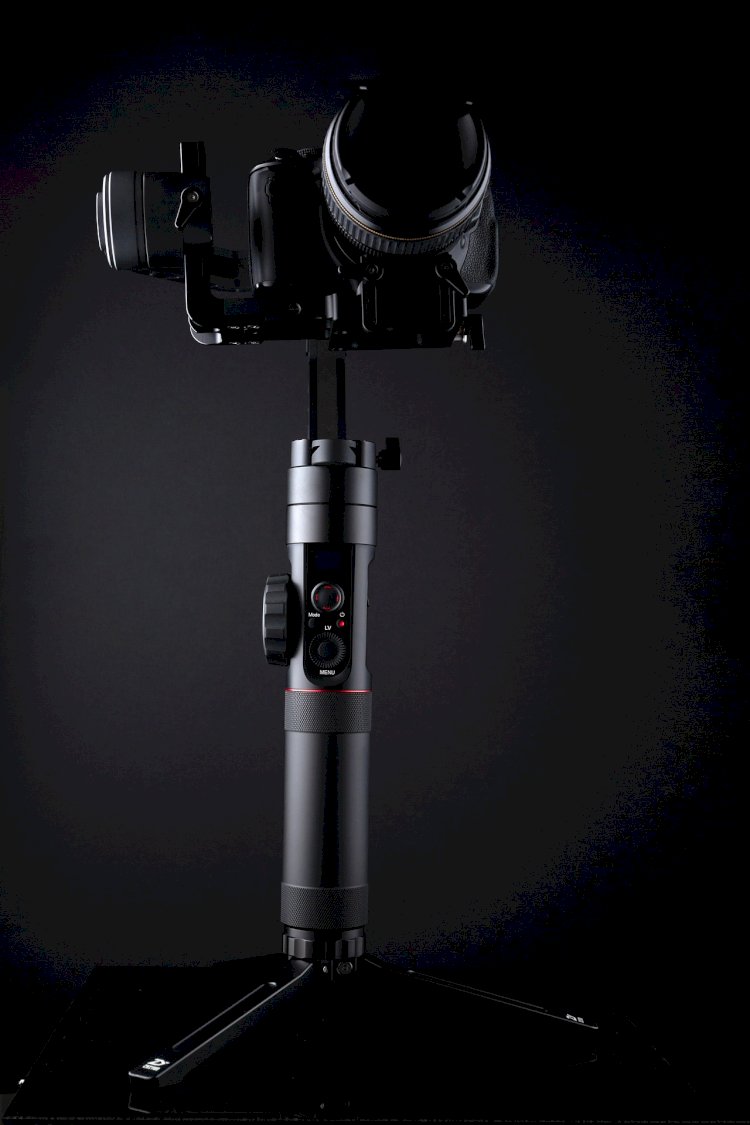Understanding Optical Image Stabilization (OIS) Technology
Learn about Optical Image Stabilization (OIS), how it works, and its benefits for clearer and sharper images in low-light situations.

Optical Image Stabilization (OIS) is a technology used in digital cameras and mobile devices to reduce the effects of camera shake, resulting in clearer and sharper images. In this article, we will discuss the basics of OIS, how it works, and its benefits.
What is Optical Image Stabilization (OIS)?
OIS is a technology that helps to reduce the effects of camera shake while taking photos or videos. Camera shake occurs when the camera moves slightly while taking a picture, resulting in blurry images. OIS helps to prevent this by compensating for the movement of the camera, thereby stabilizing the image.
How does Optical Image Stabilization (OIS) work?
Optical Image Stabilization (OIS) works by using sensors that detect the movement of the camera. These sensors send signals to a microprocessor, which in turn activates a system of motors that move the lens elements to compensate for the movement. This results in a more stable image and reduces the effects of camera shake.
There are two types of Optical Image Stabilization (OIS) systems: lens-based and sensor-based. Lens-based OIS works by moving the lens elements to compensate for camera movement, while sensor-based OIS works by shifting the camera sensor to compensate for movement. Both systems have their advantages and disadvantages, but lens-based OIS is generally considered to be more effective.
What are the benefits of Optical Image Stabilization (OIS)?
The main benefit of Optical Image Stabilization (OIS) is that it helps to reduce the effects of camera shake, resulting in clearer and sharper images. This is particularly useful in low-light situations or when using a slow shutter speed, where camera shake is more likely to occur.
OIS also allows for longer exposure times without the risk of blur due to camera shake. This is especially useful when shooting video, as it can help to produce smoother and more stable footage.
In addition, OIS can help to reduce the need for a tripod or other stabilizing equipment, making it a more convenient option for many photographers and videographers.
Conclusion
Optical Image Stabilization (OIS) is a valuable technology that helps to reduce the effects of camera shake, resulting in clearer and sharper images. It works by using sensors to detect camera movement and activating a system of motors to compensate for the movement. OIS has many benefits, including the ability to produce sharper images in low-light situations, smoother video footage, and increased convenience for photographers and videographers.

 Ashish Kumar
Ashish Kumar 











